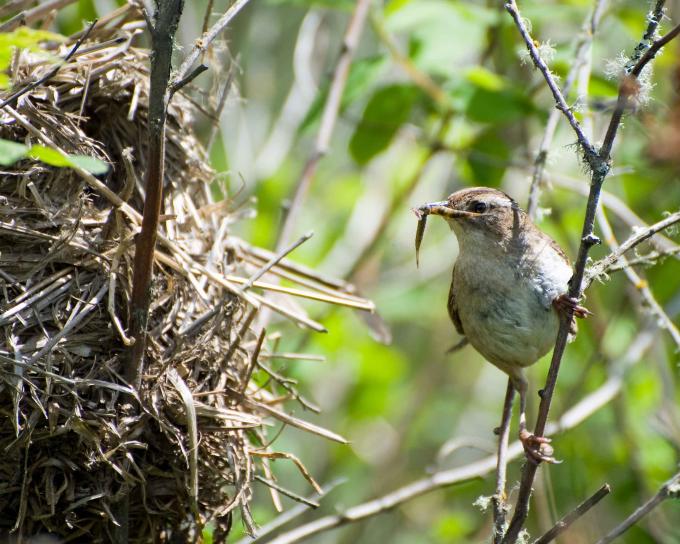Precision
Howard Schaap
 A friend of mine who wants to put baseboards in his house was told what it takes to do good baseboard work: a thousand cuts. I can’t tell if that’s a type of hope, as even the best get to be the best through tedium not talent, or a type of torture, viz., death by a thousand maddening cuts.
A friend of mine who wants to put baseboards in his house was told what it takes to do good baseboard work: a thousand cuts. I can’t tell if that’s a type of hope, as even the best get to be the best through tedium not talent, or a type of torture, viz., death by a thousand maddening cuts.
I’ve spent this summer trying to make things: I made a duck cage; I helped a friend put up a garage; I vinyl tiled a room checker board; I hung cabinet lights in wall recesses; I made a cardboard Pac-Man for the town parade. It’s been a summer of measuring and figuring and cutting.
And it’s fixing to drive me mad.
It’s all the precision: miss your mark, cut long or short, and the piece won’t look right at best and may throw off the entire structure at worst.
A great aunt of mine once engaged an essay I had written for a school publication first by applauding the effort and then by taking issue with a word I had used: epiphany. “I would have used a slightly different word,” she said, “something more precise.” She wasn’t wrong. As a young writer I was tempted to fling words as opposed to measure them.
I still am.
In all sorts of ways, we take measure of the world with the words we use. We frame it or misframe it, in precise and sound ways or vague and off-kilter ones; with thin beautiful lines or smudged or gaudy ones.
“Persimmons,” by Li-Young Lee begins with the confusion of language.
In sixth grade Mrs. Walker slapped the back of my head and made me stand in the corner for not knowing the difference between persimmon and precision.
Among other things, “Persimmons” is about language and how it frames our existence, how words get tied into experiences, how they might remain distant or be shared intimately.
Other words that got me into trouble were fight and fright, wren and yarn. Fight was what I did when I was frightened, Fright was what I felt when I was fighting. Wrens are small, plain birds, yarn is what one knits with. Wrens are soft as yarn. My mother made birds out of yarn. I loved to watch her tie the stuff; a bird, a rabbit, a wee man.
By the end of the poem, Lee leaves “precision” behind in favor of “persimmons,” because writing is not like laying pipe or building a structure that we think will last forever if only it’s precise. Words open up possibility and imagination. “Persimmons” begins with the precision of language but it ends with art, with a father’s painting of persimmons, and his deep knowledge and associations with the word.
Some things never leave a person: scent of the hair of one you love, the texture of persimmons, in your palm, the ripe weight.
Poetry is the possibility through precision. Or beyond it.
Both ways, it’s a labor of a thousand cuts.